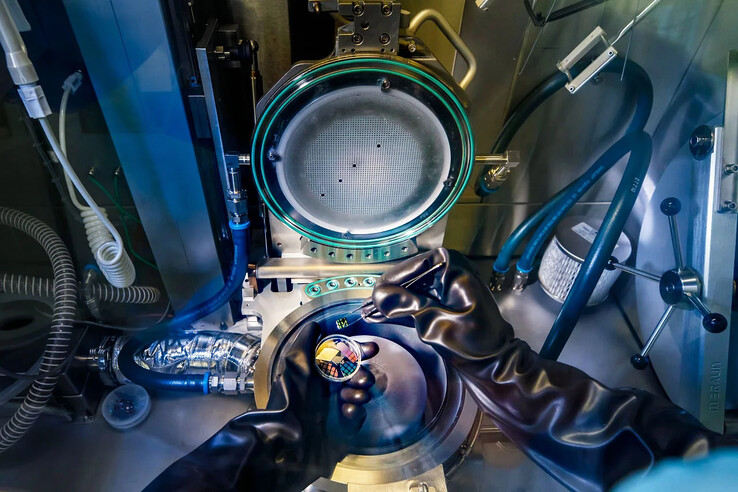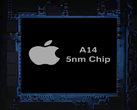Intel co-founder Gordon Moore was estimating that CPU transistor counts could double every two years, and so far this proved to be more or less accurate. The problem now is that we are approaching the physical limits of silicon transistors, which cannot really be shrunk down to less than 1 nanometer, so scientists are looking into new materials that can help overcome such restrictions. One of the latest inventions in this field comes from the Netherlands in the form of light-emitting silicon circuitry that could help reduce the number of needed transistors while still improving the performance.
A group of Eindhoven University of Technology scientists led by Erik Bakkers managed to develop silicon alloy nanowires that can emit light. These new materials can potentially be used to build photon-based circuits that, in turn, may replace the electron-based cubic transistor models used in commercial chips nowadays.
The photon-based hexagonal nanowires should greatly improve the computational performance as data transmitted through photons instead of electrons can prevent electron traffic jams, overheating and transmission slowdowns caused by cramming too many transistors in a determined area. Photons move considerably faster than electrons, so they can transmit data more efficiently over multiple channels. With the introduction of photonic circuits, data-intensive applications like machine learning and big data crunching could see tremendous boosts.
Researchers are currently trying to figure out a way to implement a tiny laser to act as the light source within the new materials. It is yet unclear how long it will take for this technology to become a reality. Intel is planning to reach the 1 nm transistor size limit by the end of this decade and TSMC may do it even faster, so scientists ought to come with a decent solution by 2025.
I first stepped into the wondrous IT&C world when I was around seven years old. I was instantly fascinated by computerized graphics, whether they were from games or 3D applications like 3D Max. I'm also an avid reader of science fiction, an astrophysics aficionado, and a crypto geek. I started writing PC-related articles for Softpedia and a few blogs back in 2006. I joined the Notebookcheck team in the summer of 2017 and am currently a senior tech writer mostly covering processor, GPU, and laptop news.
> Expert Reviews and News on Laptops, Smartphones and Tech Innovations > News > News Archive > Newsarchive 2020 04 > Scientists develop photon-based silicon circuitry that could make Moore's Law obsolete
Bogdan Solca, 2020-04-15 (Update: 2020-04-15)











